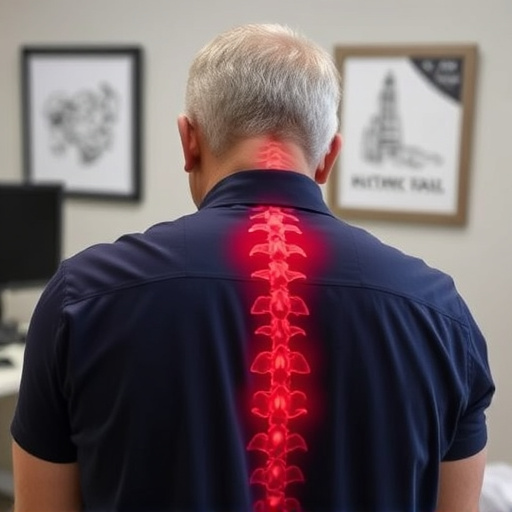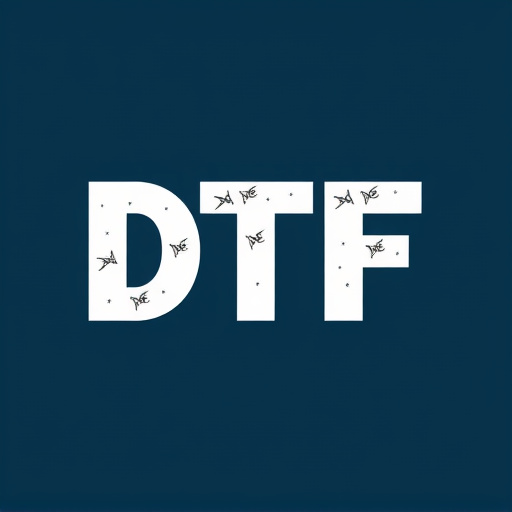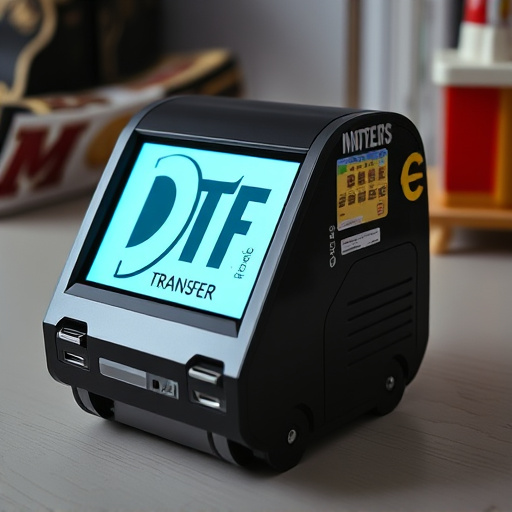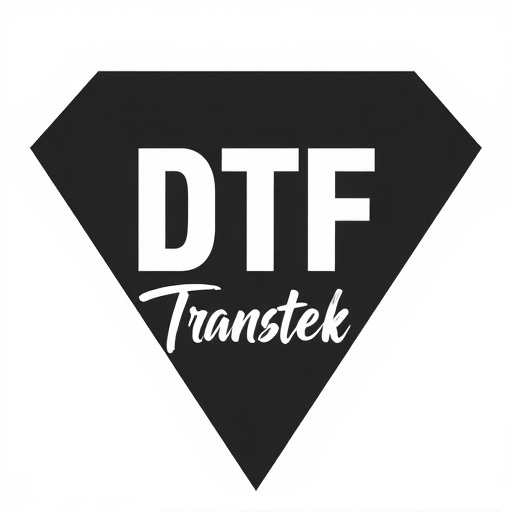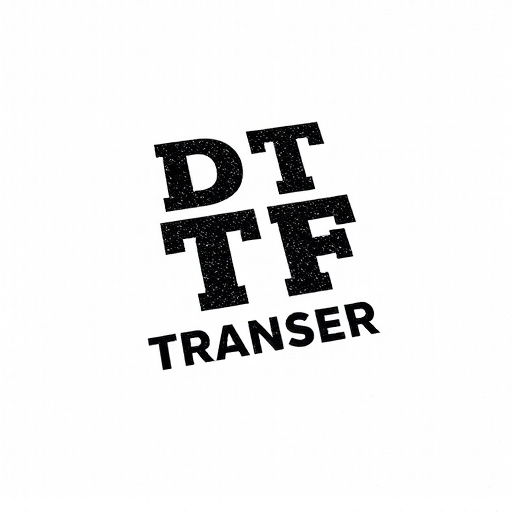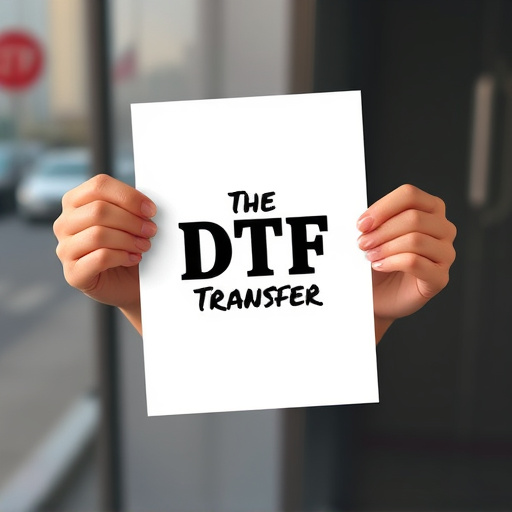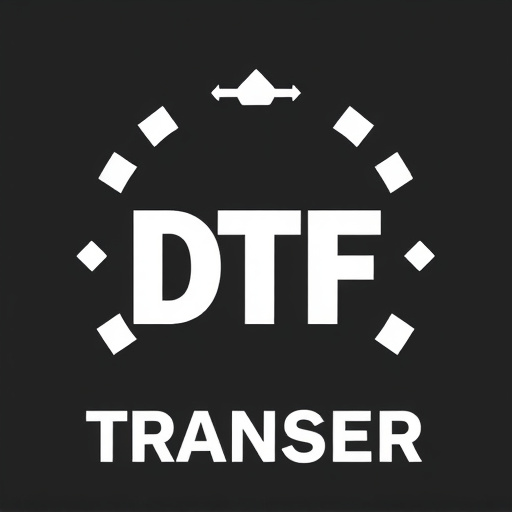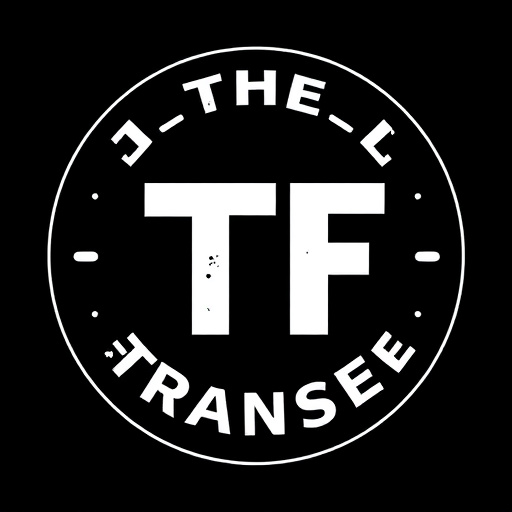Direct-to-Film (DTF) transfers revolutionize creative expression by fusing digital art with physical film. Personalized artwork enhances DTF applications, offering precise color matching and intricate detail preservation across various media. Artists must choose suitable mediums and techniques for DTF transfers, aligning aesthetic preferences with print quality and production volume. The process involves collaboration between artists and filmmakers to interpret stories into cohesive visuals. DTF transfers have proven impactful in theme parks and retail displays, showcasing their versatility. Future advancements promise higher resolution, vibrant colors, and AI-driven design personalization, opening new creative horizons for DTF technology.
“Unleash creativity with personalized artwork tailored for direct-to-film (DTF) applications. This comprehensive guide explores the art and science of DTF transfers, highlighting how custom designs can elevate film projects to new heights. From understanding the fundamentals of DTF technology to delving into case studies of successful implementations, we uncover the benefits and techniques behind this innovative process. Discover the future trends shaping personalized DTF artwork creation and unlock the potential of your film vision.”
- Understanding Direct-to-Film (DTF) Transfers: A Brief Overview
- The Benefits of Personalized Artwork for DTF Applications
- Choosing the Right Medium and Techniques for DTF Transfer
- Process of Creating Custom Art for Film Projects
- Case Studies: Successful DTF Transfer Implementations
- Future Trends in Personalized DTF Artwork Creation
Understanding Direct-to-Film (DTF) Transfers: A Brief Overview
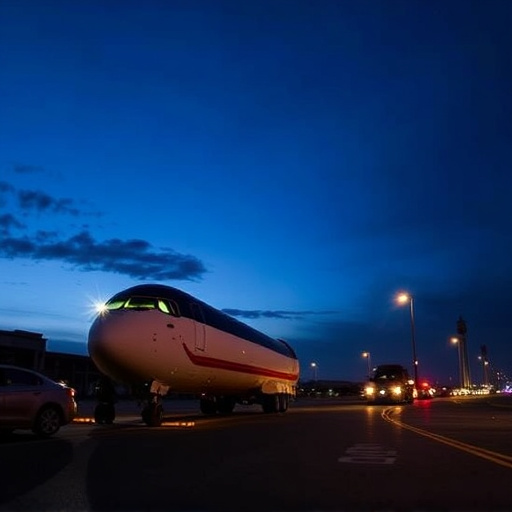
Direct-to-Film (DTF) transfers are a cutting-edge method of applying personalized artwork directly onto film, offering a unique and innovative approach to creative expression. This process involves transferring high-resolution digital images or designs onto film stock, creating one-of-a-kind visuals that can enhance various forms of media, from photography to filmmaking. With DTF, artists and creators can bring their digital creations to life in a physical format, adding depth and a distinctive touch to their projects.
The process begins with digitizing the desired artwork or image, ensuring it meets the required resolution for printing on film. Specialized equipment then transfers this digital file onto the film’s surface, resulting in an exact replica of the original design. DTF transfers offer immense versatility; they can be used for special effects in movies, creating dramatic backdrops or unique props, or even in fine art photography, where artists can experiment with blending traditional and digital mediums. This innovative technique allows creators to explore new creative horizons, pushing the boundaries of what’s possible in visual storytelling.
The Benefits of Personalized Artwork for DTF Applications
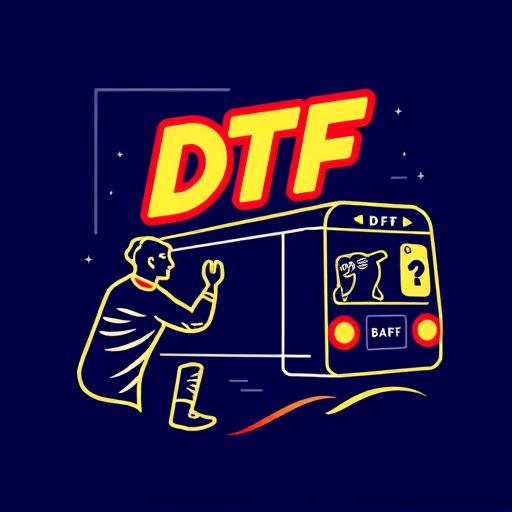
Personalized artwork offers significant advantages for direct-to-film (DTF) applications, enhancing both the visual appeal and functionality of the final product. One key benefit is its ability to create unique, tailored designs that perfectly match specific requirements. In DTF transfers, this means achieving precise color matching, intricate detail preservation, and seamless integration with various film types, ensuring an exceptional end result.
Additionally, custom artwork allows for greater flexibility in terms of size, shape, and medium. Whether it’s a complex graphic for a vehicle wrap or a delicate illustration for a phone case, personalized designs can be scaled and adapted to fit different surfaces without compromising quality. This versatility is particularly valuable in the ever-evolving world of DTF printing, where demand for diverse applications continues to grow.
Choosing the Right Medium and Techniques for DTF Transfer

When creating artwork for direct-to-film (DTF) application, selecting the appropriate medium and techniques is paramount to achieving a high-quality transfer. The choice depends on factors like desired resolution, color accuracy, and the type of film used. Digital artists often opt for high-resolution raster images with well-saturated colors, saved in formats like PNG or JPEG. For intricate designs, vector graphics can be vectorized and converted into bitmap files to maintain sharp details during the transfer process.
Techniques for DTF involve various printing methods. Screen printing is a popular choice, especially for bold, vibrant colors and large-scale productions. This method uses a stencil to apply ink through a screen onto the film. Alternatively, inkjet printers can produce fine lines and detailed artwork by directly printing onto transparent film or intermediate surfaces. The selected technique should align with the desired aesthetic, print quality, and production volume to ensure an effective and visually appealing DTF transfer.
Process of Creating Custom Art for Film Projects
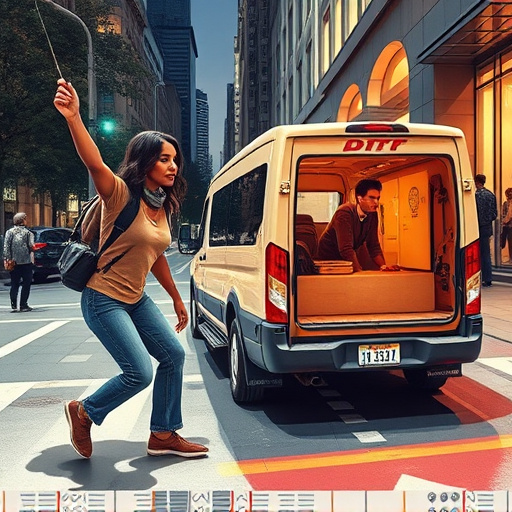
The process of creating personalized artwork for direct-to-film (DTF) application is an art in itself, requiring a unique blend of creativity and technical precision. It starts with a deep understanding of the film’s vision and story. Artists collaborate closely with filmmakers to interpret their ideas, ensuring the visual elements align perfectly with the narrative. This involves discussions on color palettes, themes, and desired moods to create a cohesive aesthetic that enhances the cinematic experience.
Once the concept is finalized, artists employ various digital tools and techniques for creation. They might sketch initial ideas digitally or use specialized software to design intricate visuals. The artwork is then prepared for printing, considering factors like resolution and file format. A crucial step in the DTF Transfer process involves choosing the right materials—whether it’s canvas, vinyl, or other media—to ensure the final piece looks as envisioned on screen.
Case Studies: Successful DTF Transfer Implementations
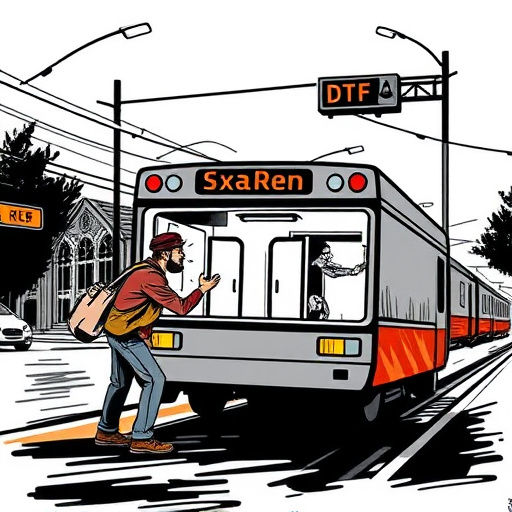
Direct-to-film (DTF) transfers have seen remarkable success across various industries, proving their worth as a powerful medium for personalized artwork. Case studies highlight the transformative power of DTF in enhancing visual experiences. For instance, theme parks have utilized DTF to create hyper-realistic, large-scale murals that bring attractions to life, immersing visitors in fantastical worlds. These murals, tailored to specific scenes and characters, offer a unique and captivating visitor experience.
Similarly, retail stores have embraced DTF technology to produce eye-catching window displays and promotional materials. By printing intricate designs directly onto film, retailers can create dynamic visual elements that capture the attention of passersby, increasing brand visibility and customer engagement. These implementations showcase how DTF transfers can be tailored to diverse applications, offering endless possibilities for creative expression in both entertainment and commercial settings.
Future Trends in Personalized DTF Artwork Creation
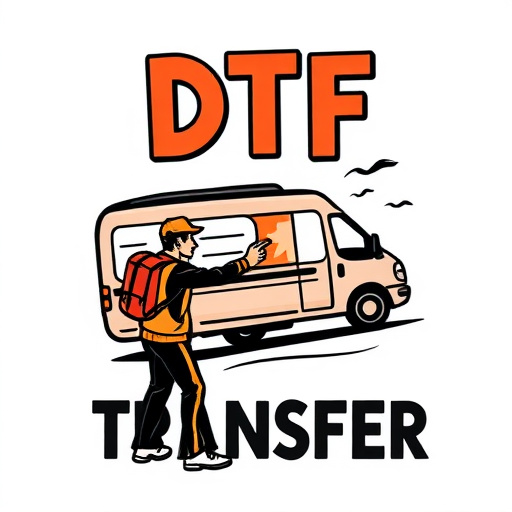
The future of personalized artwork for direct-to-film (DTF) applications looks promising, with advancements in technology paving the way for even more creative possibilities. As print technologies continue to evolve, we can expect to see higher resolution and more vibrant DTF transfers, enabling artists and designers to create intricate and detailed artwork that brings characters and scenes to life on screen.
Artificial intelligence (AI) is set to play a significant role in this space, automating the process of customizing content for different audiences while maintaining artistic integrity. AI-driven tools can analyze audience preferences and tailor artwork designs accordingly, ensuring each DTF application is unique and engaging. Additionally, the integration of augmented reality (AR) could open up new avenues, allowing viewers to interact with the personalized artwork in innovative ways, blurring the lines between physical and digital media.



